Surface Festival – Miami Gold Coast, Australia
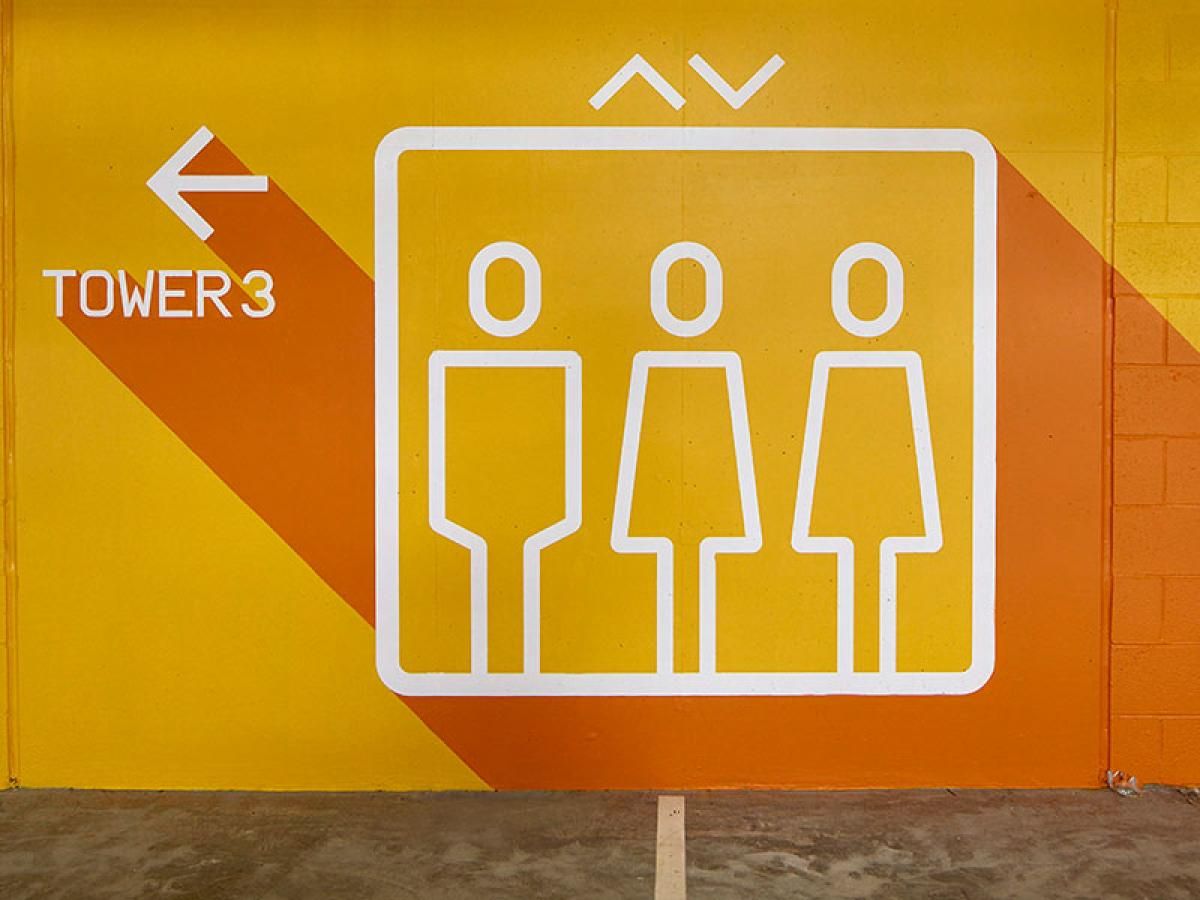
Imagine all the times you’ve been to the mall, an airport or most public areas. How many signs did you see? All these signs are what is called wayfinding.
In a nutshell, wayfinding signage is the process of creating a system for helping direct people to a specific destination. It is particularly important in complex built environments such as educational institutes, hospitals and other health facilities.
Wayfinding signages are the most common types of wayfinding methods and generally, there are many types of wayfinding designs – These include some of the following :
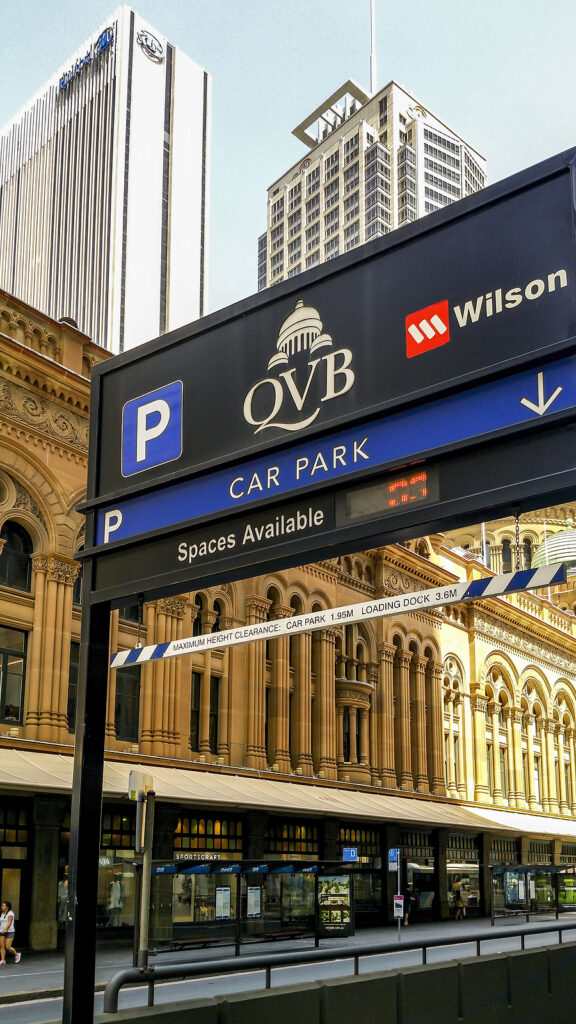
Directional signage is the most common type of wayfinding signage. You can find it in places where travelling guidance is necessary. Directional signage employs the use of arrows and symbols to offer directional guidance. Some of these signs are globally recognised to create uniformity and standardisation.
Directional signage is also straightforward. For instance, there may be an arrow that depicts the location of a certain facility. The arrow will point right, left, up, down, or forward. Nevertheless, some people don’t interpret directional wayfinding systems with ease.
For the directional signage to provide the required assistance, it must be conspicuous and located in an area where many people can see it. Consequently, you will see many directional signages in elevated positions. The signages will also have a legible font with clear icons or images.
Many directional signages belong to local city municipal authorities. The authorities invest a lot in the design of directional signages. In particular, they focus on the background lighting to ensure that the signage can still be visible at night.
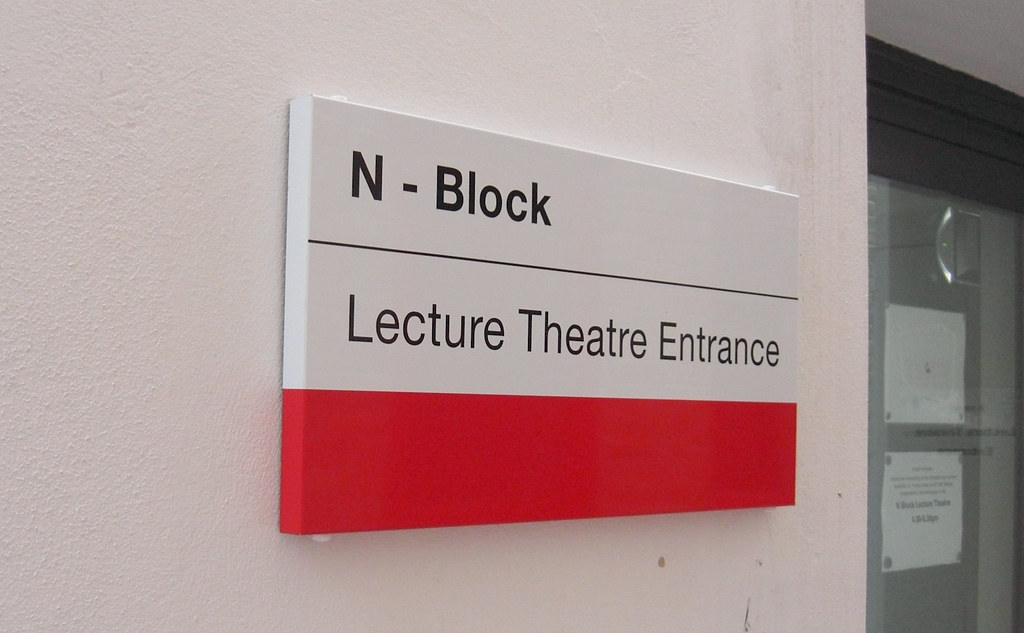
Identification signage is also prevalent. Its primary purpose is to indicate the function of a particular installation or individual. For example, a ‘senior manager’ signage can be found at the senior manager’s office entrance. If you don’t know where you are, identification signage can provide additional information. That way, you can determine your next steps.
Creating identification signage requires special skills. The identification signage must provide enough information, but it shouldn’t confuse people. Since excessive details can blur the original meaning, identification signage should be short and accurate.
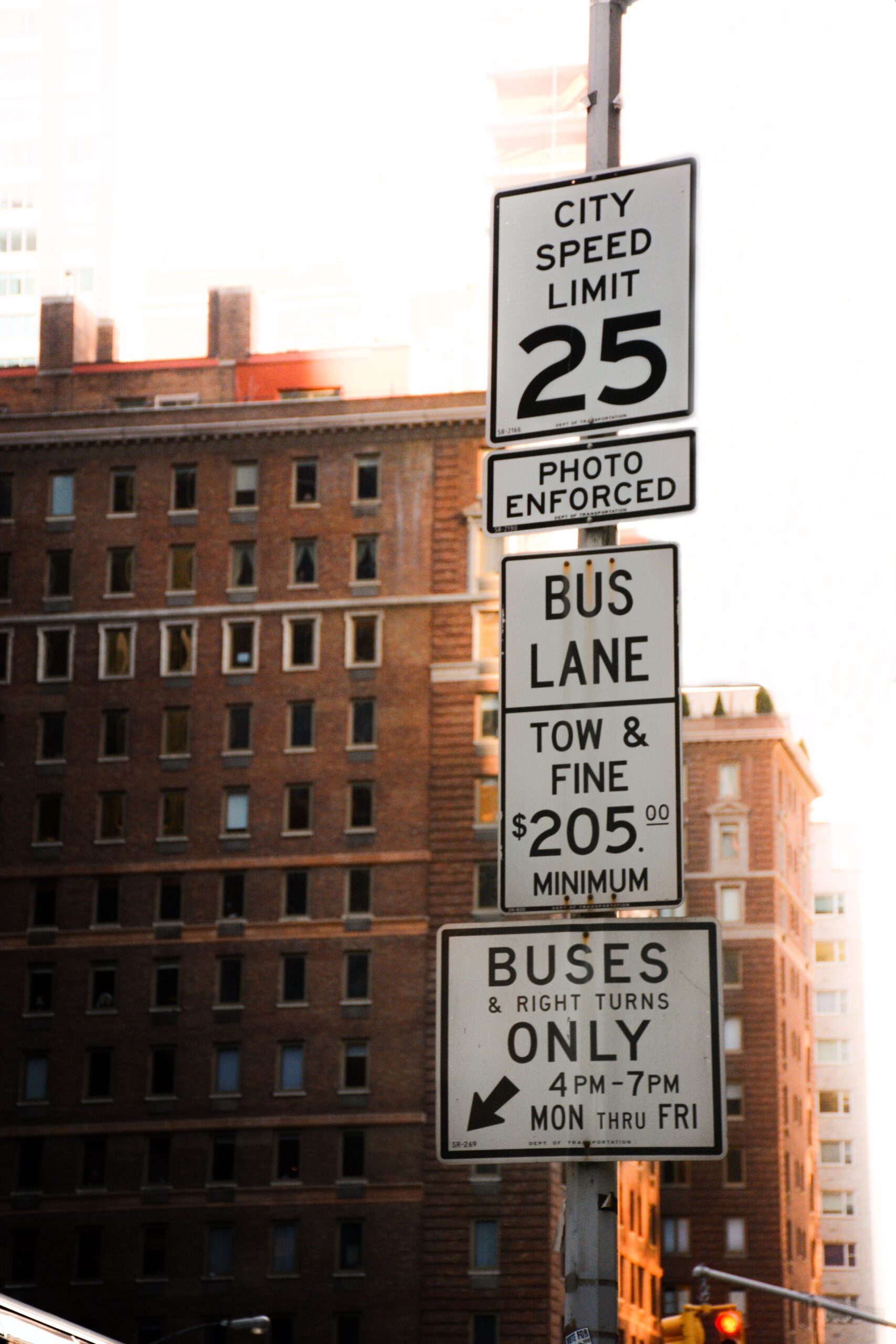
Regulatory wayfinding signs are essential since they display the requirements or regulations for a particular place. For instance, regulatory signage may inform users of a restaurant that smoking is prohibited in that restaurant. Other standard regulatory signage include speed signs and traffic control measures. Some of these signage are on T-shirts and uniforms of law enforcement officers.
The regulatory signs need to be visible to every person. Some regulatory signage includes the penalties for violating the stated requirement. Similarly, a law enforcement officer may lurk near the signage to arrest offenders.
Regulatory signage needs to be short and concise. Moreover, there shouldn’t be more than two regulatory signage in the same place. Generally, the signage will have a picture of what is prohibited and a written explanation.
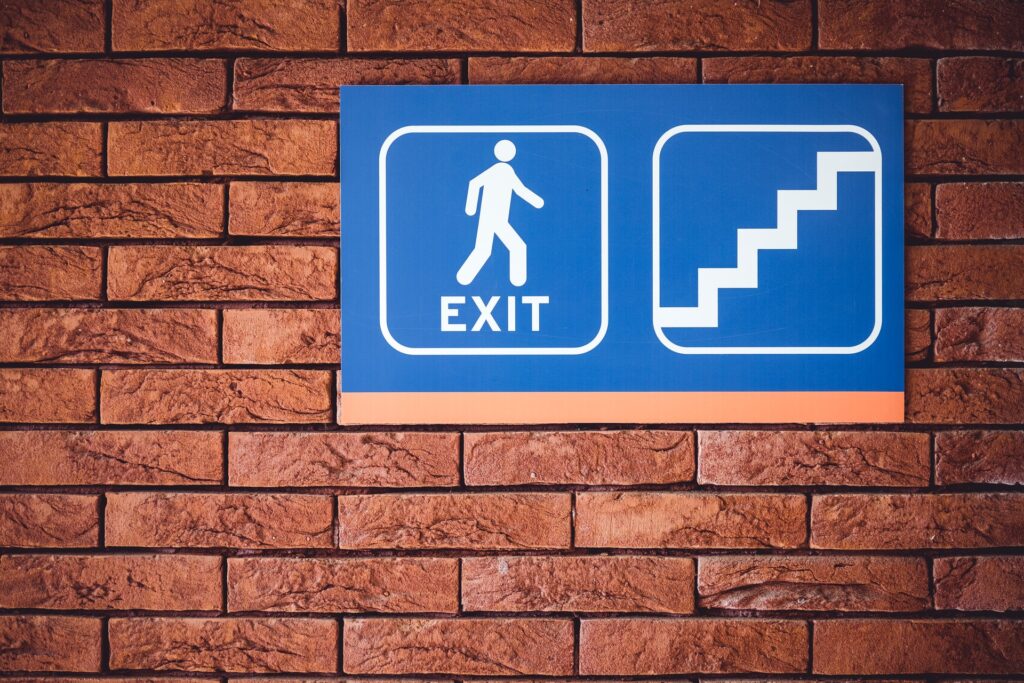
Informational signage is different from identification signage because it provides extensive information about a specific facility. Informational signage is usually found at the entrance of the facility. Some of its details will include the location and function of various units within that installation.
This provides a general overview of what you can expect to find when you are wandering throughout that facility. Nowadays, informational signage may also include other details such as the Wi-Fi username and password.
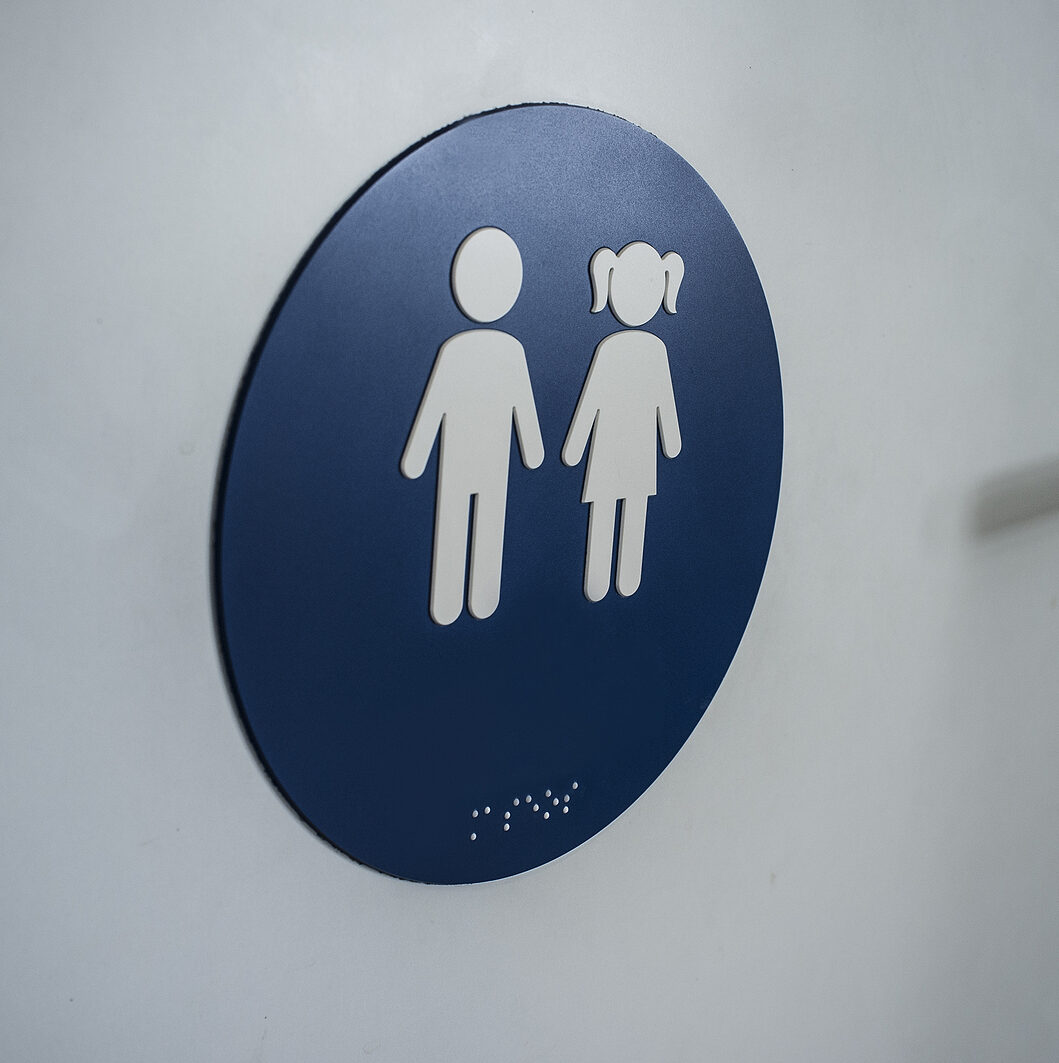
A system designed for individuals with visual impairments, Braille signage is needed as it helps protect the rights of the blind and visually impaired. It provides them with the means to be able to evacuate in case of an emergency in a public place but more importantly can also help show consideration towards people by creating an environment whereby everyone can find their way around a building.
To reference braille building codes have a look here for relevant standards and codes. This list includes references for signage, hearing augmentation, tactical indicators, wheelchair seating spaces, swimming pools, ramps, and glazing.
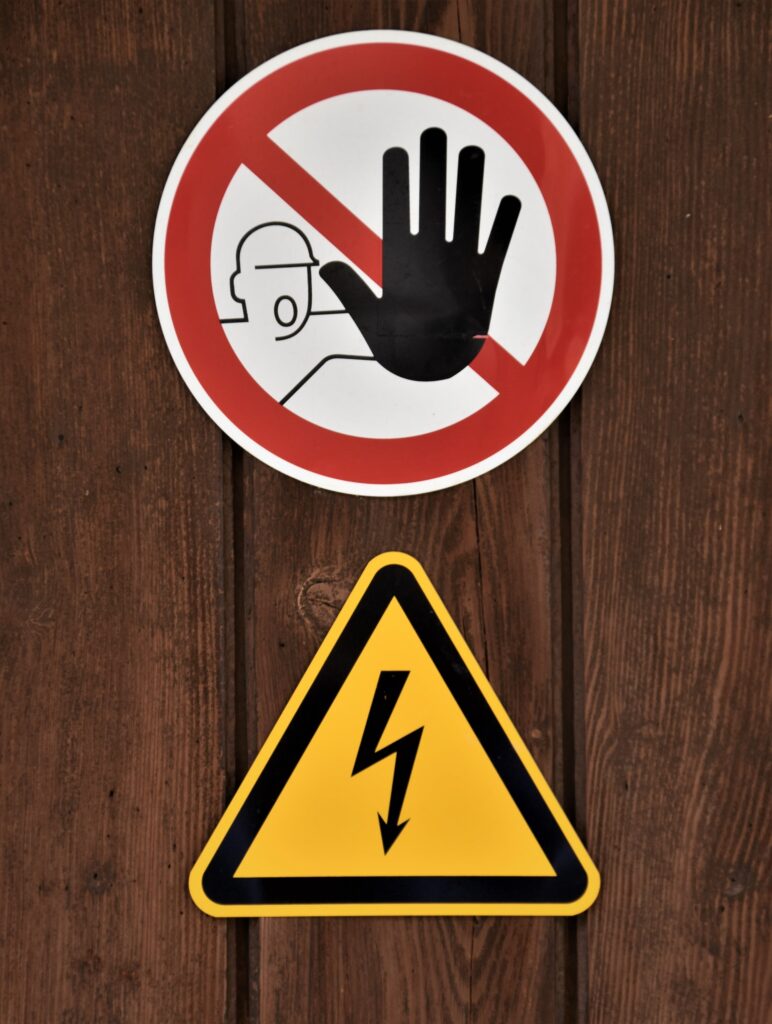
This type of wayfinding signage includes some of the following: First aid kit signs, emergency phone signs, fire extinguisher signs and danger signs to name a few.
The wayfinding definition, types of wayfinding signage, and benefits of each will come in handy when you’re trying to navigate a new location or facility.
Additionally, you will stay within the legal requirements if you know how specific wayfinding signage work.
With over 20 years of experience in wayfinding signage, Apex can help design, create and even install all your wayfinding signage needs.